In typography, a sans-serif, sans serif, gothic, san serif or simply sans typeface is one that does not have the small projecting features called “serifs” at the end of strokes. The term comes from the French word sans, meaning “without”. Sans-serif fonts tend to have less line width variation than serif fonts. In print, sans-serif fonts are often used for headlines rather than for body text. The conventional wisdom holds that serifs help guide the eye along the lines in large blocks of text. Sans-serifs, however, have acquired considerable acceptance for body text in Europe. Sans-serif fonts have become the most prevalent for display of text on computer screens. This is partly because interlaced screens have shown twittering on the fine details of the horizontal serifs. Additionally, on lower-resolution digital displays, fine details like serifs may disappear or appear too large. Before the term “sans-serif” became common in English typography, a number of other terms had been used. One of these outmoded terms for sans serif was gothic, which is still used in East Asian typography and sometimes seen in font names like Century Gothic, Highway Gothic, or Trade Gothic. Sans-serif fonts are sometimes, especially in older documents, used as a device for emphasis, due to their typically blacker type color.
sans serif
by Travis Brandon | Sep 4, 2021 | Uncategorized
